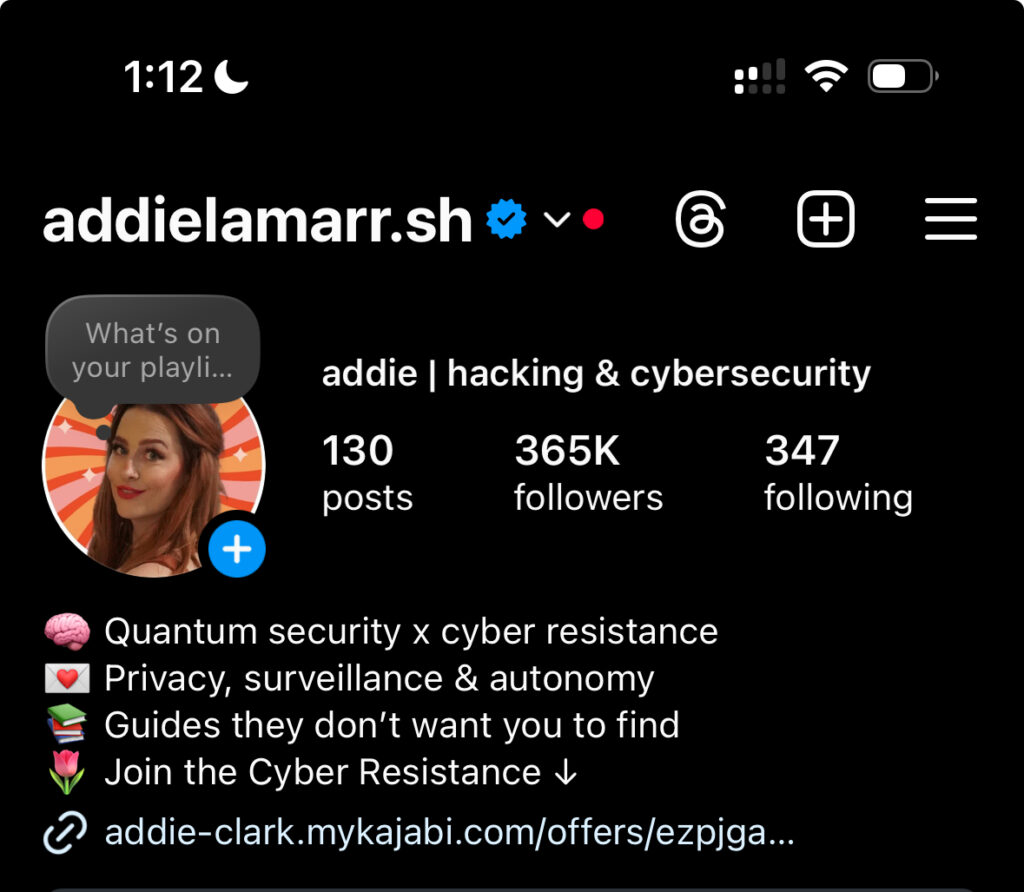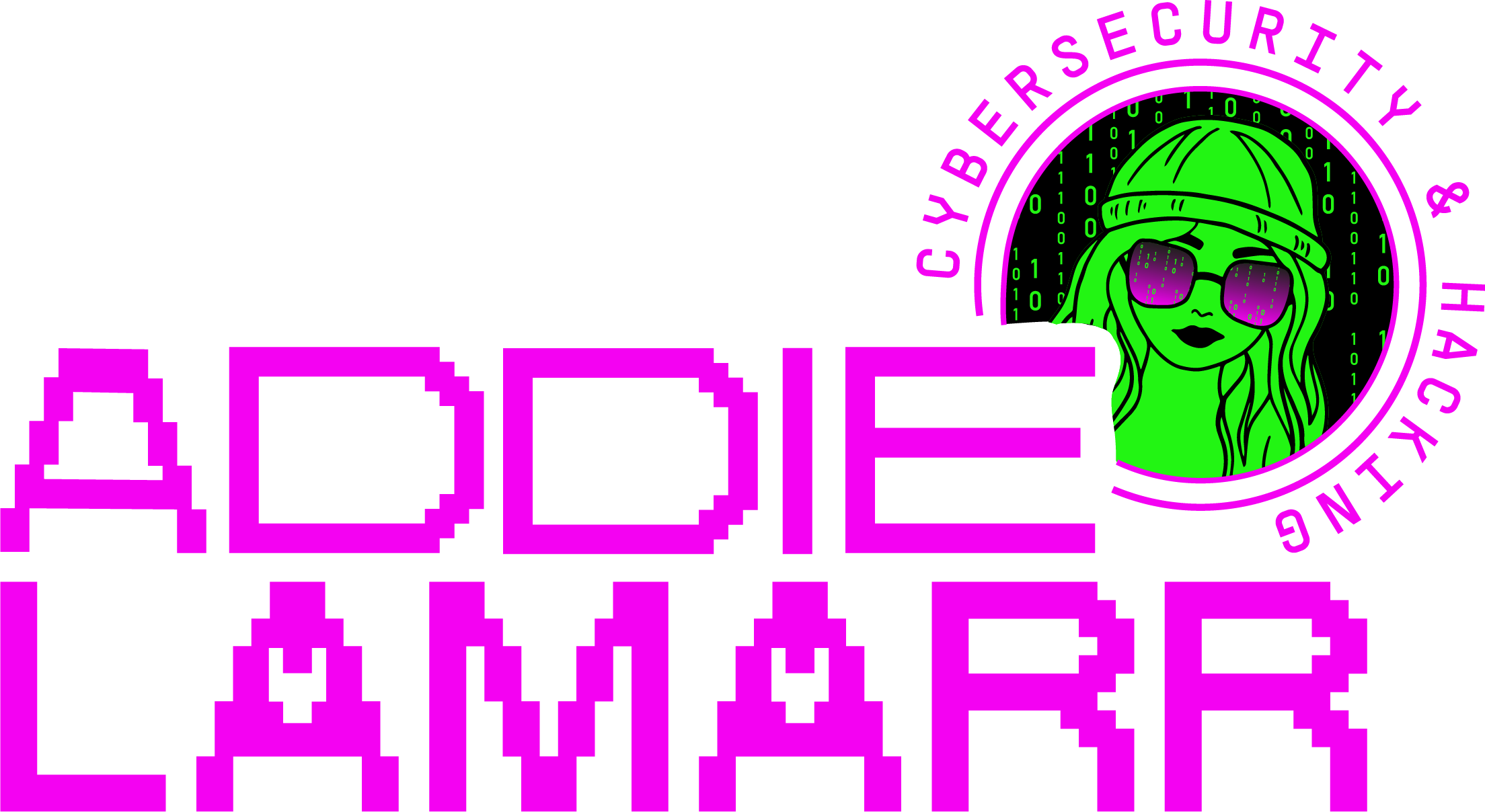So here’s the truth: I didn’t set out to become a content creator, influencer, or “public figure.” I just wanted to talk about the stuff I couldn’t shut up about. And somehow, showing up again and again—awkwardly, imperfectly, and with a lot of flops—turned into a platform that grew to ~365,000 people in one year.

This isn’t a polished case study. It’s more of a working journal. A debrief. If you’re just starting out and feeling overwhelmed, this is everything I learned by doing it wrong, doing it clumsily, and doing it consistently.
Start Fresh: Why You Should Create a New Instagram Account
One of the biggest growth hacks that doesn’t get talked about enough? Starting from scratch.
Seriously—if you’re thinking about getting into content creation, don’t stress about reviving your old personal account with random followers who followed you in 2016. Start a brand new one.
Why? Because Instagram favors new accounts.
The algorithm gives fresh profiles a natural boost to help them gain traction. It wants to see how your content performs with new eyes, and if you show up consistently, there’s a real window of opportunity to grow—without paying for ads or boosting posts.
That’s what happened for me. I had an old account with 60,000 followers but none of my content was getting any traction (because the followers didn’t engage with my new content… they expected my old content).
When I started posting with intention, from a clean slate, things picked up fast. It wasn’t because I knew everything—I was still experimenting, still figuring out my voice—but I had momentum on my side.
New accounts = new energy. It’s a signal to the algorithm, but also to you. You’re starting with purpose. You’re not performing for old friends or high school classmates—you’re building something real for people who actually care.
So if you’ve been waiting for the right time to start, this is your sign: make a new account. Start clean. Post like no one knows you. And let the algorithm do what it’s designed to do—give new creators a shot.
I Started Treating My Content Like Art, Not Content
The first big shift? I stopped treating it like “content” and started seeing it as art. Not art with a capital A—just me expressing things I cared about. I wasn’t thinking, “What will get views?” I was thinking, “What do I wish people knew?” The things I ranted about to friends. The things people kept misunderstanding. The stuff I was tired of gatekeeping in my brain.
Once I stopped obsessing over the perfect caption or look, and focused on just sharing, things clicked. People can tell when you’re not trying to sell something—they can feel when it’s honest. I approached it like a digital sketchbook, and that made everything easier.
I Posted 3–4 Times a Week (Even When No One Cared)
I gave myself one rule: publish four times a week, no matter what. Not because I felt inspired, not because I had it all figured out—but because I needed to build the habit. And honestly, most of the early stuff flopped. Some of it barely got seen.
But every post taught me something. Every flop was data. I started learning what kind of hooks worked, what kinds of topics resonated, how long people stayed.
Eventually, I found my rhythm. But first, I had to get through about 30 reels that were basically just me learning out loud.
I Built a Spreadsheet and Studied What Worked
I started downloading reels from creators in my niche—especially the ones going viral. I tracked everything: how long they were, what the hook was, how they edited it, how many views they got.
Then I reverse engineered their formats. I tried not to copy their content, but I used it like scaffolding. “This kind of structure works, cool—how can I talk about what I care about using that skeleton?”
This was game-changing. I wasn’t reinventing the wheel every time—I was iterating off what already worked.
Hooks That Start With “You” Work (And Here’s Why)
Almost every reel that did well started with a “you” statement or a direct challenge. Like:
- “You’ve been told X—but that’s not actually true.”
- “If you think this is how it works, you’re not alone.”
- “This might sound wild, but…”
It’s not about you—it’s about them. The faster you make it about the viewer, the more likely they are to stay.
I Used ManyChat and Turned Reels Into Trailers
One of the smartest things I did was set up ManyChat. Basically, I’d make a reel that introduced a problem or question and gave a short form overview, then say, “Comment ‘guide’ and I’ll DM you a full deep dive.”
When people commented, ManyChat automatically DMed them a blog post or PDF with the full info. And it did three things:
- Boosted comments, which helped the algorithm.
- Grew my following, because ManyChat only works if someone follows you.
- Establish myself as a high-value providing creator (and in return, I earned people’s trust through consistent quality)
It turned Instagram into a mini funnel, without feeling or being salesy. Just a real convo with depth.
I Didn’t Get Brand Deals (And That Was on Me)
Here’s where I fumbled: I was too aggressively anti-capitalist and political for brands. I wasn’t exactly brand-safe, and I wasn’t willing to promote things I didn’t believe in. So… I didn’t get brand deals. Not even one.
But I still made money through other ways—courses, downloads, and knowledge products. I’m not even making enough to cover my rent, but I’m hoping to expand more of my consulting in the next year.
If you want brand deals, be thoughtful about how you show up. You don’t need to be fake, but know how you’re being perceived. If you’re too spicy, some doors will close (and that might be fine).
I personally value my authentic voice and trust over money, so it’s a sacrifice I am okay with. I do not judge others who go the brand deal route though, it’s far easier and more lucrative.
Most of My Best Content Came From Explaining Things to Friends
Anytime I had to explain something for the third time to someone, I turned that into content. Anytime a friend said, “Wait, I didn’t know that,” I took notes. Those moments are gold.
It helped me realize I didn’t need to come up with new ideas from scratch. I just needed to pay attention to what people were already asking.
You’re a Time Traveler (Yes, Really): Find Your Purpose and Build Your World
Here’s something you need to understand if you’re creating content: you’re a time traveler.
Think about every time traveler you’ve ever seen in a movie. What’s the one rule they all know? You cannot interfere. You can’t step on the wrong leaf, say the wrong word, or bump into the wrong person—because if you change even one thing, it changes everything.
That’s not science fiction. That’s what you’re doing every time you hit “post.”
You don’t know who’s going to see your work, or when they’ll see it. But you know this: one idea, one shift in perspective, one new question can trigger a whole chain of events. A thought becomes an action. An action becomes a choice. A choice shapes a future.
Most people think they don’t have power to change the world. But time travelers know the truth: you don’t have to change everything—you just have to move one thing.
I’ve been talking about privacy for years. For most of that time, it felt like no one cared. People would hit me with, “I have nothing to hide,” and keep it moving. But when I started creating consistent content—when I started showing up regularly, with intention, and made it part of my art—the shift became real.
Suddenly, people were pushing back on that narrative. I started seeing a noticeable change in the way people talked about digital privacy. Not just in my comments, but across the internet. There was a cultural shift. And I got to see it happen from the front row.
I never expected that kind of impact. But it happened. And it didn’t happen all at once. It happened because I kept showing up and putting something slightly different into the timeline—again and again.
That’s the work of a time traveler. It’s not about controlling the future. It’s about seeding it. Intentionally.
And what made that process even more powerful was tying it to my purpose. Not my brand. Not an algorithm. But my actual purpose on this planet. Creating content from that place—using my voice to move the world one degree closer to the future I believe in—has been one of the most grounding and fulfilling things I’ve ever done.
So if you’re going to post, ask yourself: What kind of world am I helping build? Don’t just chase visibility. Chase alignment. Show up like a time traveler. Because if you change one thing—you change everything.
Perfectionism Will Ruin Your Momentum—Post Anyway
This was huge. I deal with a ton of perfectionism. For months, I sat on ideas because they weren’t “ready.” Eventually, I had to force myself to post even when I wasn’t 100% happy with the result.
And guess what? Some of the messier posts did better than the polished ones.
Your first 20–30 posts are practice. Don’t worry if no one sees them—you’re just getting reps in. You’re learning what you like to talk about. You’re training your brain to ship.
Document Your Process as You Go
Every time I learned something, I wrote it down. Whether it was about editing, captions, scheduling, or how I felt—everything went into a doc.
That helped me:
- Reflect and improve.
- Build content later.
- Eventually teach and monetize my knowledge.
Write down what’s working and what isn’t. It’ll be more valuable than you think.
I Attached My Content Creation to Becoming My Highest Self
This might sound kind of woo-woo, but stay with me: I saw this whole process as a spiritual practice. Like, every time I posted, I was putting myself out there. Risking rejection. Building discipline. Proving devotion.
To me, that was part of becoming my highest self. The version of me I admire would do hard things, consistently. She’d show up, even when she felt unsure. So I used that as a compass.
Creating regularly became a way of proving to myself that I could be consistent. That I could build something on my own terms. That I didn’t have to rely on the job market or approval from some gatekeeper.
This is how I started feeling like a worldbuilder—not just a content maker. Like I was building my own little corner of the internet, one post at a time.
The Power of a Signature Series: How “The Art of Personal Cybersecurity” Changed Everything
The single biggest growth move I made was creating a signature series.
Mine was called The Art of Personal Cybersecurity—and it completely changed the game.
Instead of posting random one-off videos, I turned my content into something episodic. Each post felt like a new installment in an ongoing series. People started to recognize the name, they knew what kind of content to expect, and they wanted to see what the next edition would be. It created anticipation.
Followers started tuning in like it was a show. And because they knew there’d be more coming, they followed so they wouldn’t miss the next part.
Here’s why it worked:
- It was consistent – Each post followed the same theme and tone.
- It was structured – People knew it was part of a series, not just a one-off.
- It built loyalty – Viewers stuck around because they were on a journey with me.
If you want to grow faster and build trust, create your own series. Give your followers something they can recognize, expect, and return to. It turns your content into a story they want to keep following.
The Feminine Creative Energy Was Real
There was something deeply intuitive about the whole thing. I’d get ideas while walking, or in the shower, or journaling. It felt like channeling—like the ideas wanted to come through.
I started thinking of content creation as a way to reconnect with the feminine source. Softness. Intuition. Making things because they needed to be made—not because they were optimized.
That helped me stay grounded when the numbers didn’t do what I wanted. It reminded me: this isn’t about attention. This is about expression.
So What Actually Worked?
- Posting consistently (3–4 reels/week)
- Studying and analyzing viral content
- Using strong, viewer-focused hooks
- Turning reels into trailers for deeper content via ManyChat
- Documenting every lesson along the way
- Starting a Signature Series
- Talking about what I ranted about to friends
- Ditching perfectionism early
- Using content as a path to my highest self
- Treating the process as art—not hustle
If you’re just starting, don’t worry about being perfect. Don’t obsess over followers. Just start. Post what matters to you. Study what’s working. Take notes. Get better. And if you stick with it, things will grow.
Not because you gamed the algorithm. But because you built something that actually matters—to you first, and then to others.



